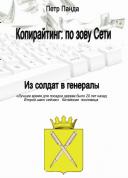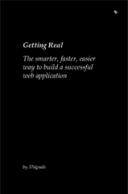Новые книги
Оглавление
Введение
Этот документ определяет уровень 1 каскадных таблиц стилей (CSS1). CSS1 является простым механизмом таблиц стилей, который позволяет авторам и читателям приписывать стиль (например шрифты, цвета или отступы) HTML документам. Язык CSS1 является языком высокого уровня и использует стандартную терминологию, принятую в электронной полиграфии.Одним из фундаментальных свойств CSS является каскадирование; авторы могут приписывать предпочтительную таблицу стилей, в то время как читатель может иметь персональную таблицу стилей для исправления физиологических или технологических проблем. Правила разрешения конфликтов между различными таблицами стилей определены в этом документе.
Эта рекомендация является результатом деятельности W3C в области таблиц стилей. Для получения подробной информации о деятельности W3C в области таблиц стилей см. [1].

